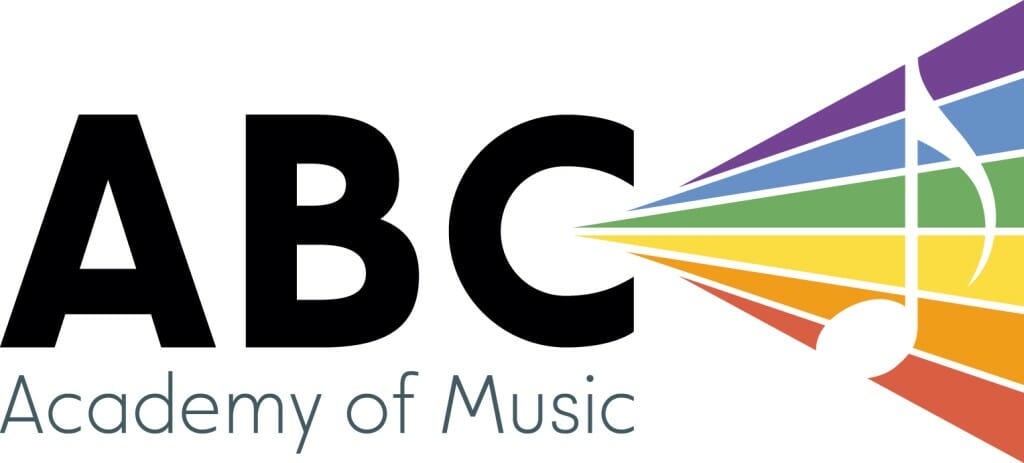Anastasiya
Better job for “Mozart’s Five Notes”. Keep working to make it perfect for next week with both hands together. Remember that the left hand has a shift in measure 9. Also remember that singing the notes while playing them really helped you to learn the notes – keep practicing that way. Also practice your new piece, “Paper Airplanes” – pay attention to when there are skips and when there are steps. It will also help you to sing the notes when you play them.
Madison
Keep practicing “The Planets” for next week. Work especially on your pedal changes – remember you change on beat 3 and put the foot down again on beat 1. One-two-up Down-two-three. Work on not having to stop when you change your foot. Also keep learning about the tetrachords on pages 40-41 and work on the “G-Major Scale Piece”. Remember that the first tetrachord is the first four notes of the scale, (so in C Major, that’s C-D-E-F) and the second tetrachord is the last four notes (In C Major it’s G-A-B-C). All tetrachords have two whole steps at the bottom and a half step at the top. I’ll keep quizzing you on this next week, and your new piece “G Major Scale PIece” is just two tetrachords!
Melody
Keep working on finding all the notes on the keyboard – keep looking at the chart on pages 18-19. Focus especially on finding C for this week. Just like it says in the book, practice all your new pieces by first clapping the rhythm, second singing the rhythm (1-2-3-4) while you play, and last by singing the notes while you play. Do this with “Batter Up”, and also your new pieces “My Clever Pup”, “The Zoo” and “Playing in a New Position”. You learned some things this week about time signature and dynamics, and I’ll keep asking you about it next week. For “Playing in a New Position”, remember that both hands use the C-Position. So for the right hand, the thumb (finger one) goes on the C, and the left hand, the pinky (finger 5) goes on the C. We will be doing a lot of pieces in C-Position, so work on finding your Cs and C Position for this week!
Juliette
Keep practicing your three songs for this week to make sure they are even better for next week. For “Join the Fun”, practice one line at a time, first just right hand, then left hand, then both hands. Pay attention to the dynamics in the third and fourth line (crescendo, diminuendo, forte, piano) and also focus especially on the tough measures (measure 7-8 and 15-16). For “Oom Papa”, practice the same way (one line at a time, RH, LH, hands together). Practice that way so you can play the whole piece without stopping. Don’t forget the accents! They are important in this piece. Finally, for “The Clown”, you can keep thinking about dynamics and accents – they are very important for this piece. The dynamics will help you show the difference between the “Glad clown” and the “Sad Clown” at the end.
Romain
The pieces sounded much better at the end of the lesson! Just keep practicing all the pieces the same way, (one line at a time, right hand, left hand, then hands together) – this will help you to be able to play all of your pieces without stopping or slowing down too much. It will also make your brain and hands more comfortable. DO this with “Money Can’t Buy Everything” and “When The Saints Go Marching In”. For “When the Saints Go Marching In”, you can also practice by counting (1-2-3-4) while you play – this will help you to see where you are stopping or slowing down. We didn’t have much time for “Join the Fun” this week – I know you were able to play it hands separately today. If you finished the first two pieces, you can also keep working on “Join the Fun” at home.
